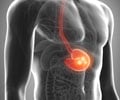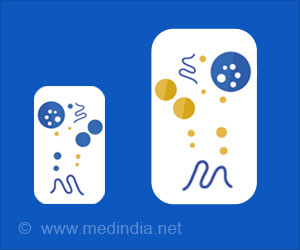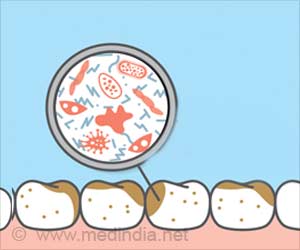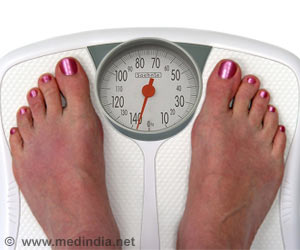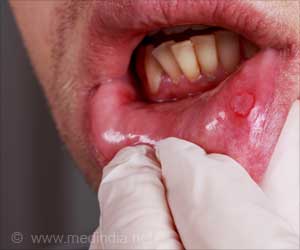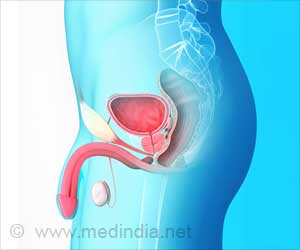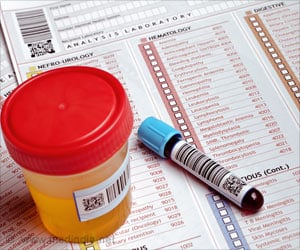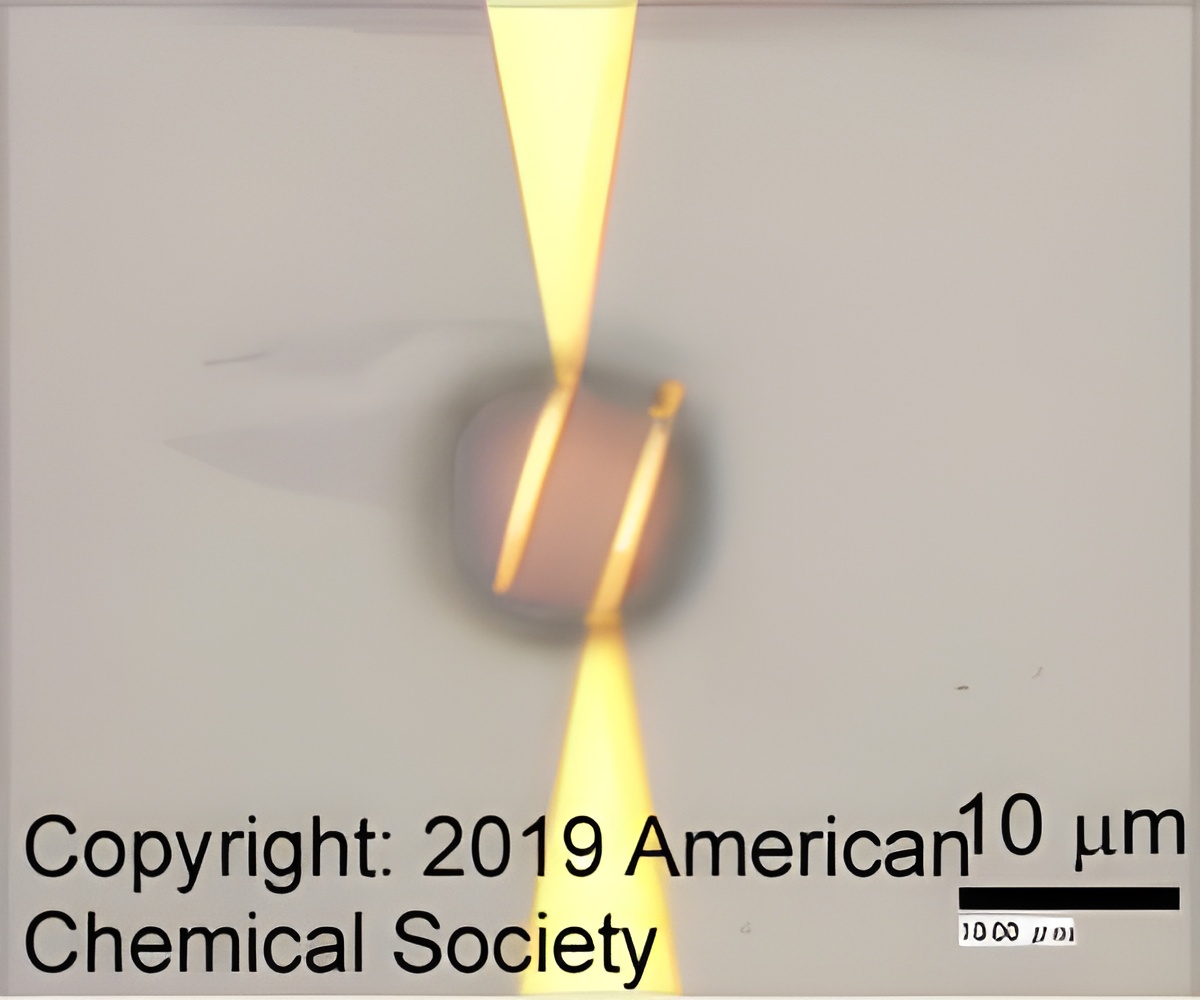
‘A graphene-based biosensor has been developed to detect stomach-cancer causing bacteria. Chemical reactions are triggered when the bacteria interact with the biosensor, which are detected by the graphene.’
Tweet it Now
To get the bacteria to stick, the researchers covered the graphene with antibodies, a common way of anchoring bacteria to biosensor surfaces. However, although antibodies are very small (~10 nm), on the atomic scale and compared with the atom-thin layer of graphene, they are actually quite large and bulky. While the bacteria interact with the antibodies, the graphene cannot detect those bacteria directly as the antibodies on its surface block the signal; this signal blocking effect is referred to as Debye screening.To overcome the Debye screening limitation, the researchers instead decided to monitor chemical reactions being performed by the bacteria in the presence of certain chemicals, which they added to the tiny water droplet.
The chemicals produced in the reactions are far smaller than the antibodies and can slip between them easily and reach the graphene surface. By only analyzing the bacteria in tiny droplets generated through microfluidics, the bacteria and their reaction products can be kept close to the graphene surface and the concentration of the reaction products can even be monitored over time.
"Our biosensor enables highly sensitive and quantitative detection of bacteria that cause stomach ulcers and stomach cancer by limiting its reaction in a well-defined microvolume," study co-author Kazuhiko Matsumoto says.
The graphene sensing surface is able to feedback electrical signals that vary depending on how much of the reaction product is present in the microdroplet and how quickly it is accumulating. These electrical signals can be used to calculate the number of bacteria in the droplet.
Advertisement
"Our biosensor is essentially a mini laboratory on a graphene FET. This sensor demonstrates how two-dimensional materials such as graphene are getting closer to being applied in practical medical and healthcare applications," first author Takao Ono says.
Advertisement
Source-Eurekalert

